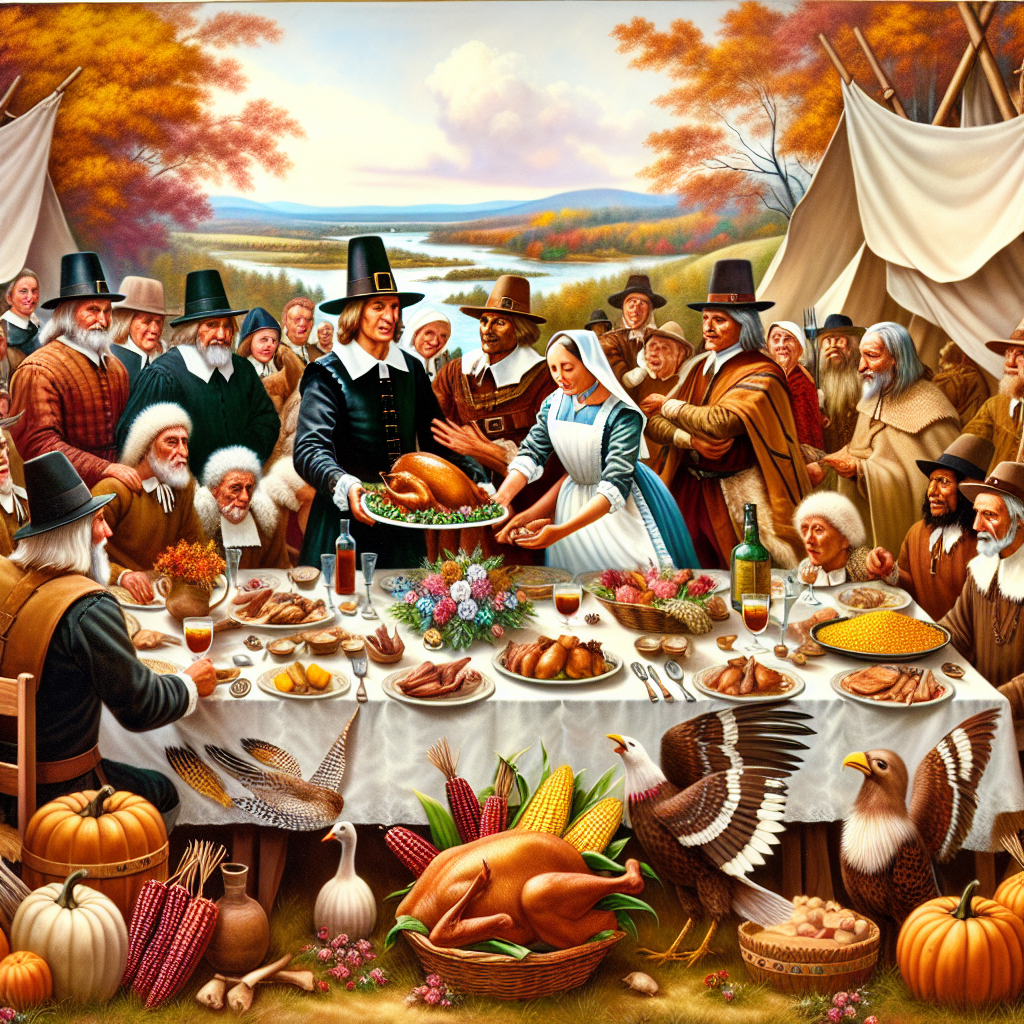The origins of Thanksgiving can be traced back to the autumn of 1621 when the early settlers of the Plymouth Colony in New England, the Puritans, held a three-day feast with the Wampanoag people to celebrate the harvest, featuring dishes such as deer meat, poultry, and corn.
Over the next two centuries, various colonies would hold Thanksgiving celebrations until October 1863 during the American Civil War, when President Abraham Lincoln designated the last Thursday of November as Thanksgiving. In 1941, Congress officially established Thanksgiving as a national holiday, designating it as the fourth Thursday in November, as there could be a fifth Thursday.
The early feasts did not include turkey, but wild turkeys were later hunted and now domesticated turkeys are the main dish of the Thanksgiving feast, prepared by methods such as brining, smoking, deep-frying, or roasting, and served with sides like mashed potatoes, cranberry sauce, and pumpkin pie.
According to the November 2025 information from the Census Bureau, there are four towns in the United States named after turkeys. They are Turkey Creek in Navajo County, Arizona, with a population of 474; Turkey Creek in Evangeline Parish, Louisiana, with a population of 398; Turkey in Sampson County, North Carolina, with only 218 residents; and Turkey in Hall County, Texas, with a population of 326.
Six states in the U.S. account for 68% of the total turkey production, with Minnesota leading at 32 million, followed by North Carolina at 28 million, Arkansas at 22 million, Indiana at 20 million, Missouri at 15 million, and Virginia at 15 million turkeys.
President Trump and First Lady Melania pardoned two lucky turkeys, named “Waddle” and “Gobble,” on November 25th, sparing them from becoming food on the dining table for their entire lives.
Cranberries are evergreen dwarf shrubs or trailing vines with red berries, and cranberry sauce is a staple dish in the Thanksgiving dinner, used to garnish the turkey, mix in salads, or in pastries.
There are five towns in the U.S. named after cranberries, with Butler County, Pennsylvania, having the highest population of 35,000 in Cranberry Township; followed by Venango County, Pennsylvania, with a population of 6,260 in Cranberry Township.
North Carolina also has two cranberry towns in Alleghany and Avery Counties, along with one in Crawford County, Ohio.
Although the aforementioned towns are named after cranberries, the major production areas of cranberries are in Wisconsin and Massachusetts, with Wisconsin producing over 60% of the total cranberry production in the U.S. and Massachusetts accounting for around 30%.
Next is New Jersey, contributing about 7% of the total production, followed by Oregon with 4%, and Washington with 1% of the total cranberry production in the country. Wisconsin’s cranberry production exceeds 5 million barrels annually, with suitable sandy acidic soil for cultivation, covering approximately 21,000 acres. Massachusetts produces around 2 million barrels on 13,000 acres of land with the required sandy acidic soil. Pennsylvania has a production of about 580,000 barrels on 2,900 acres of land, while Oregon yields around 450,000 barrels on 2,600 acres. Washington produces about 100,000 barrels on 1,100 acres.

